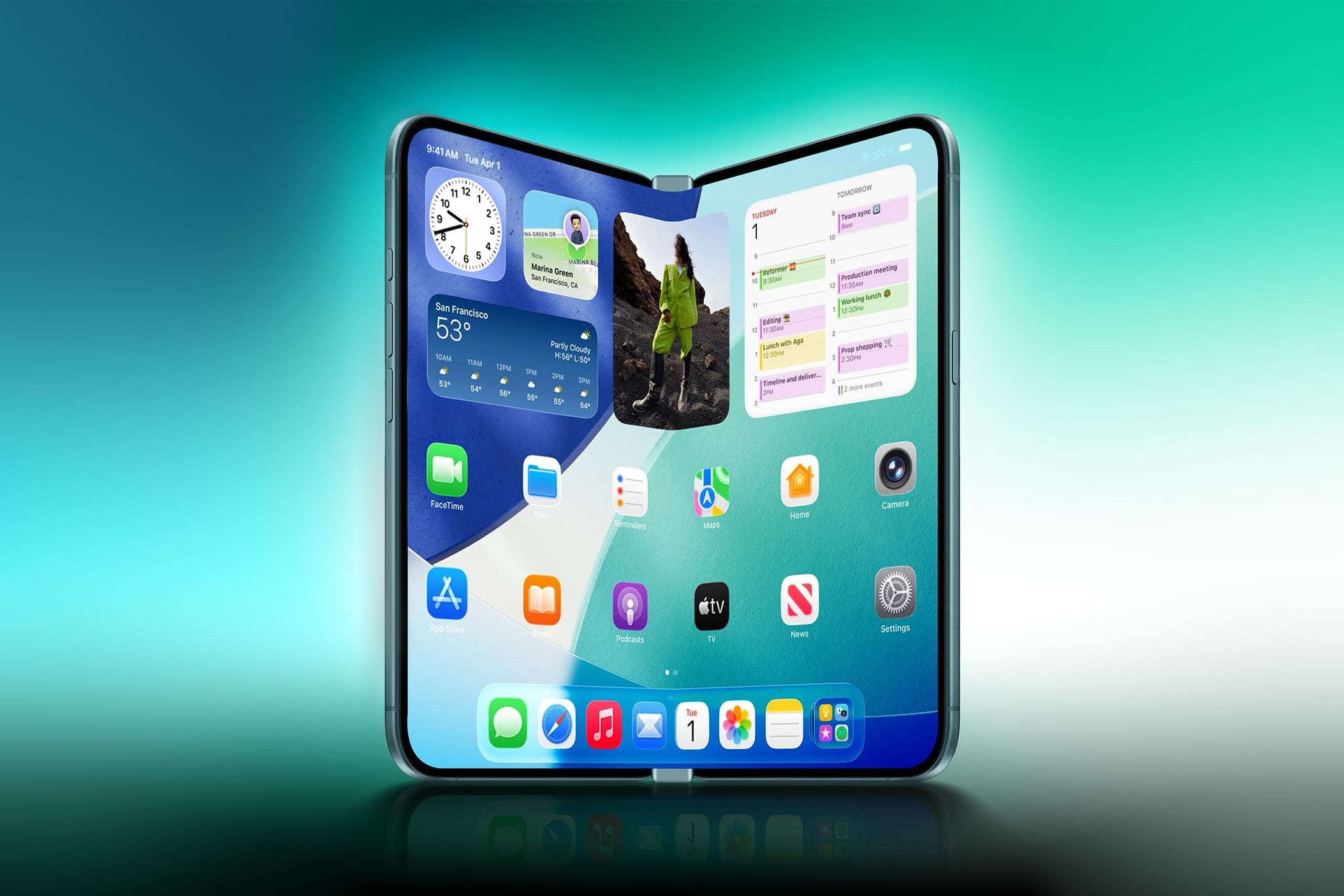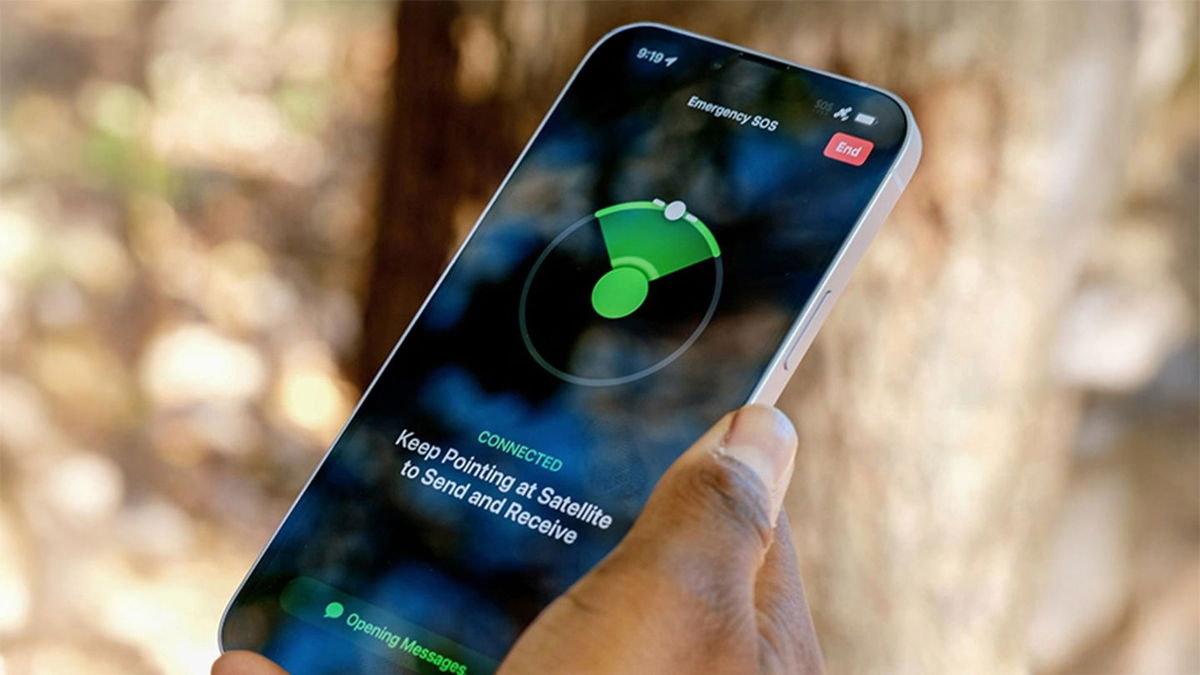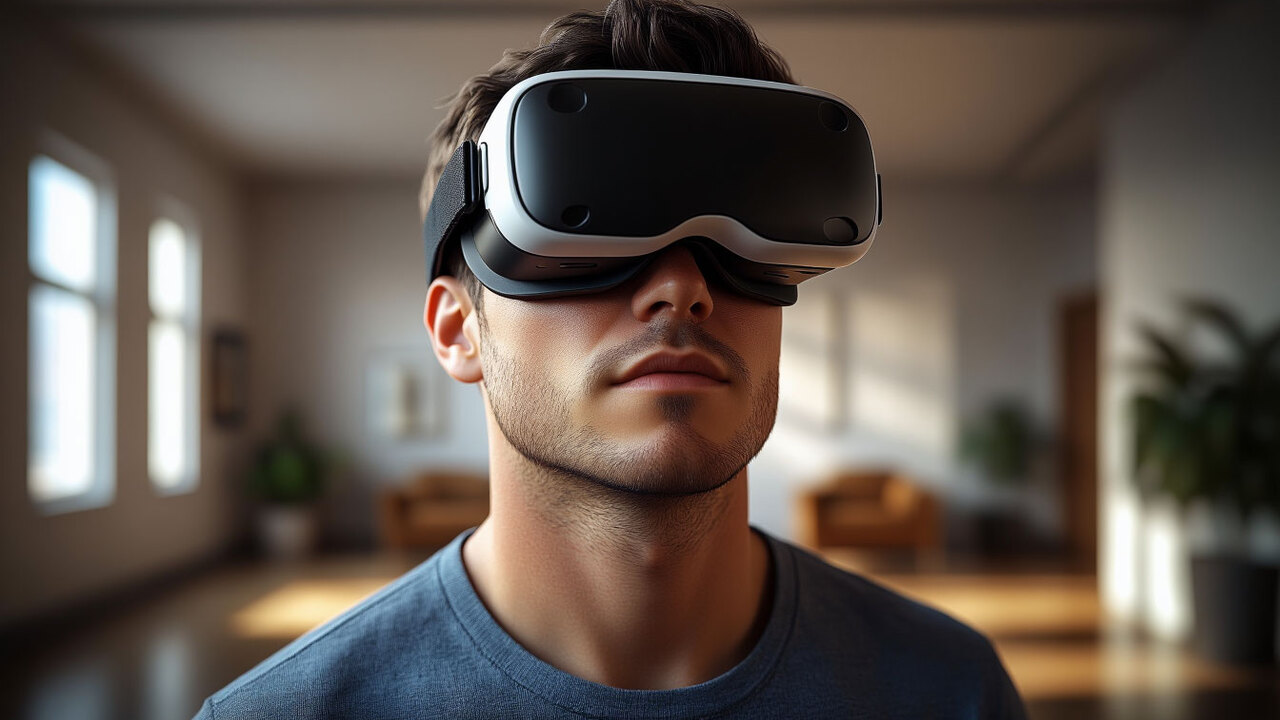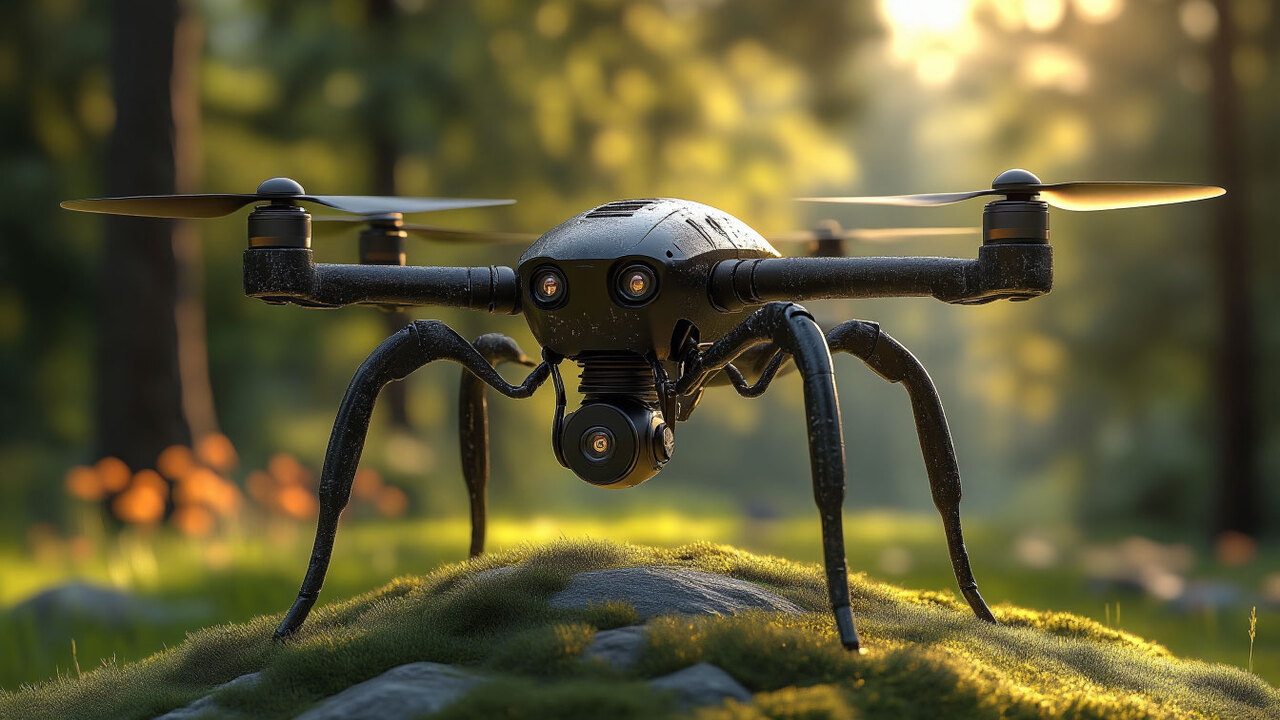Ford is serious about digitizing its vehicles using new technologies. In fact, it is one of the traditional manufacturers focusing the most on modernizing its fleet and the future of driving.
They took a big risk by electrifying two of their greatest icons – Mustang And F-150, with great success. And as you start Explorer SUV In Europe, they are working on a new fully digital instrument panel with a massive 48-inch curved screen. The first car to have it will be the Lincoln Nautilus, which can only be seen in North America, but it will set the tone for many of the changes we’ll see in the company’s other vehicles.
After four generations of Sync, Ford’s in-vehicle operating system, based on BlackBerry QNX, the automaker is moving to Android Automotive. This will allow them to greatly increase and simplify software updates for their vehicles, access much more software, more features, more customization, and the ability to run apps like Google Maps, Waze or Spotify natively without being a mirror that it works on the driver’s smartphone. And of course, Google Assistantfor voice control of many of these functions.
More functionality and fewer distractions
Ford assures that – contrary to what we would immediately think with such a long screen – the goal is to allow the driver to focus on what’s important and not be distracted by the information presented on the screens.
The company’s argument for all this is that it has been warning for years that multiple screens and a large amount of information at the same time can distract a person behind the wheel. But the new interface of Ford’s new Android Automotive operating system aims to show only what’s relevant and be as useful as possible.
The man behind many of these efforts is Doug Field, who previously worked in product design at Apple and at Tesla from 2013 to 2018 before returning to Apple to become part of the “special project” work group. That is, Apple Car. In 2021, Field joined Ford as the company’s general manager of digital design.
Field comes from the school of Steve Jobs, and the design of the new Ford interface is proof of this. In statements to Edgewho had early access to the new system, explained: “I think the screens should be windows into the interior of the car. […] This is one of the things Jobs taught us. Hardware must gradually become invisible and become a window into the world of software.”




In fact, the main feature of the 48-inch Lincoln Nautilus screen is that it is not touch-sensitive and is divided into three parts. In order of importance, from left to right, the most important and relevant information is displayed first, followed by navigation, and finally a section for housing widgets such as the music player or weather.
But in reality, all human-vehicle interaction occurs through a second, smaller touchscreen that’s better positioned near the driver’s hands in the center of the dashboard.
From this screen you can also launch applications compatible with Android Automotive or, if the car is parked, access entertainment content, including video games or streaming platforms.
Ford explained that the new digital experience in its cars can be customized for different car models with different screen sizes and numbers. They also avoided calling him synchronizea brand that will likely disappear when they move to a new and updated GUI thanks to Android Automotive.
No news about the new Apple CarPlay
Which Ford presented Android Automotive in Lincoln Nautius is similar to that Apple has moved forward in 2022 when he announced the future of CarPlay. A year and a half later keynote address V WWDC, not a single car brand has adopted it. In theory Porsche And Aston Martin They will be the first two, but there is no specific date after 2024. Perhaps they will give us a surprise during the launch of the electric Macan.
Was there a Ford – or is there? – one of the companies that was supposed to implement the new CarPlay system. They’ve chosen the Android Automotive route for now, and I suspect many other brands will eventually do the same. Considering that only two premium brands such as Porsche and Aston Martin have opted for Apple’s solution, implementing such a system seems quite expensive.
Source: Hiper Textual
I’m Blaine Morgan, an experienced journalist and writer with over 8 years of experience in the tech industry. My expertise lies in writing about technology news and trends, covering everything from cutting-edge gadgets to emerging software developments. I’ve written for several leading publications including Gadget Onus where I am an author.














